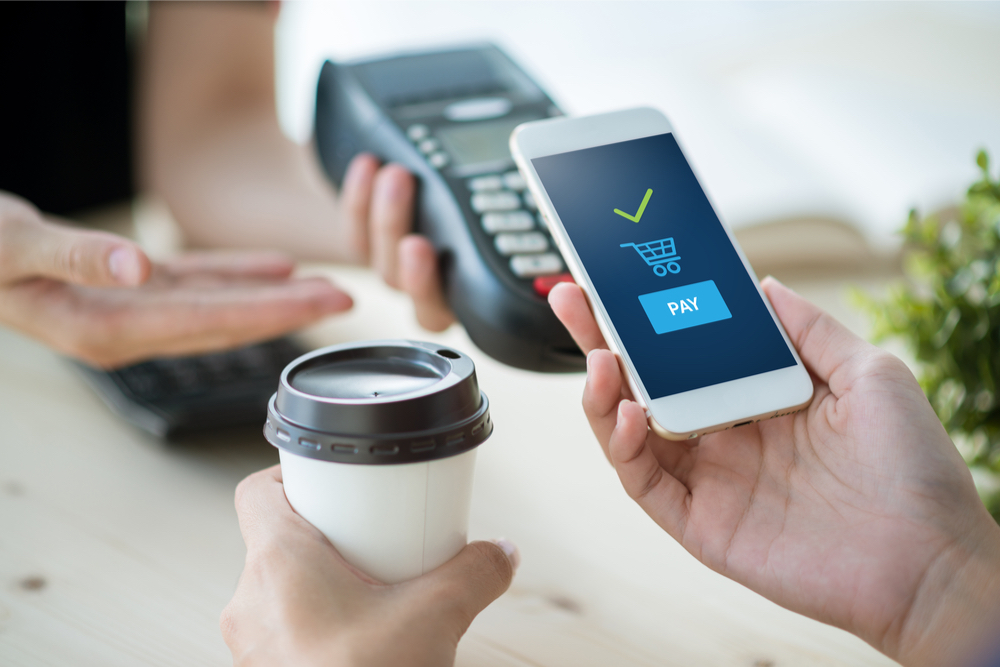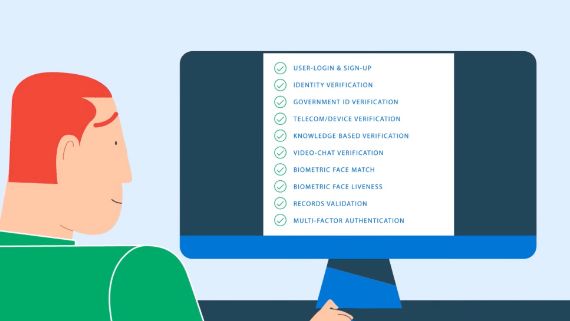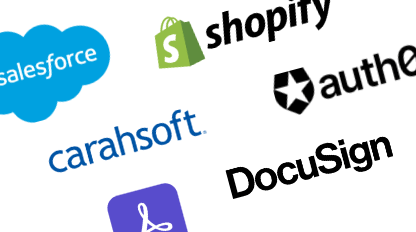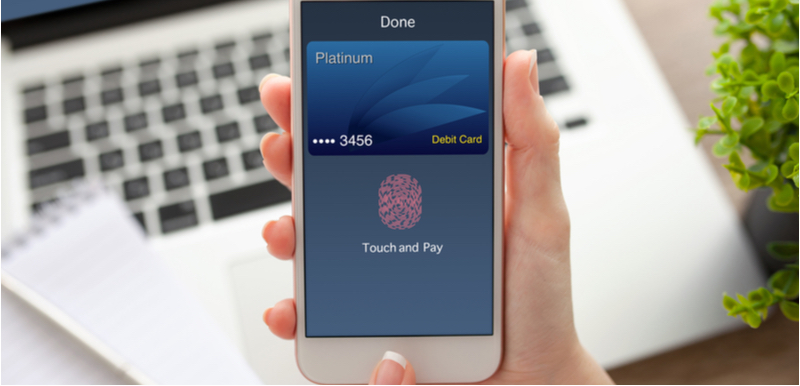Identity and the Expanded Use Cases for Digital Wallets
Technology vendors and financial institutions have been experimenting with the idea of digital wallets for over 20 years now. The original vision behind a digital wallet was to enable users to store all of those details online then have them auto-populate the corresponding fields on the checkout page as required. No longer would consumers have to remember all 16 digits in the credit card along with the expiration date and 4-digit code. Digital wallets provide consumers with convenience and merchants with lower shopping card abandonment. With a digital wallet, online checkout could become as simple as swiping or inserting your card at a point of sale.
In recent years, the focus for digital wallets has moved to smartphones. Technology providers such as Apple and Google want to replace the physical wallet with a digital one. Why do you need to carry a cash, credit or debit cards with you when you can use Apple Pay or Google Pay for all your retail transactions?

While credit and debit cards are arguably the most important cards you carry in your wallet, they are not the only cards you carry in your wallet. Most people also carry some form of government-issued identification card. Driver’s license cards are the most popular. Originally intended as a document to proved eligibility to operate a motor vehicle, the driver’s license has become the de facto form of identification used in the US. Consumers use their license to prove their identity to withdraw money at a bank, to obtain medical services at a hospital, and to check-in for flights at the airport.
In recent years, proving your identity online has become just as important as it is in the real world. If you are applying for a credit card online, the bank will want to verify your identity to comply with anti-money laundering laws. If you are accessing your healthcare records, the provider will need to verify your identity to comply with data privacy laws (HIPAA). If you are applying for government benefits programs, the agency will need to verify your identity to confirm eligibility. Of course, each of these organizations want to mitigate the risk of fraud as well.
Identity proofing can be a time-consuming process – especially if you have to repeat it over and over again – each time you need to request a login at a new website. Banks, healthcare providers, and government agencies ask new users or those applying for high-risk services to provide government-issued ID, personally identifiable information, selfie photos, and/or a phone number. These steps add substantially more friction to the new account creation process, often taking 5-10 minutes to collect and submit. The additional level of effort to produce documentation or prove knowledge, can lead to higher abandonment rates in new user enrollment.

A number of technology providers are introducing digital wallets that aren’t designed to store payment card data, but instead focused on the solving the identity verification challenge. Here is how it works. Users undergo the identity proofing process once with a business or government agency. They are then issued a digital credential that they can carry with them in their digital wallet. Think of it like a digital identity card that serves the same purpose online as a driver’s license (or government issued ID card) does in the real world. Once the digital identity card is issued, the user does not need to prove their identity at each new website they encounter. Instead, they can simply present the portable credential in their digital wallet as a legal proof of identity.
More thoughts on digital wallets in a future post.




